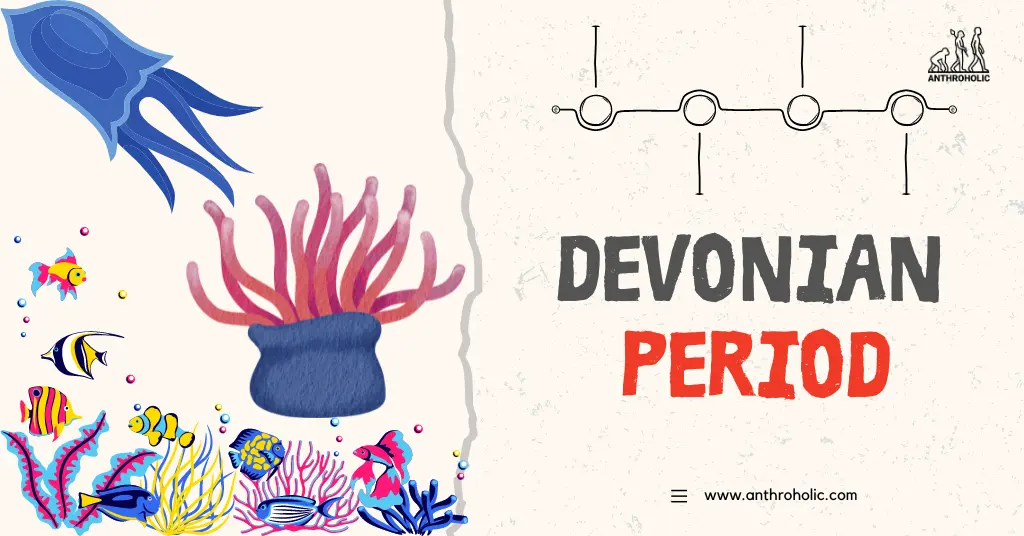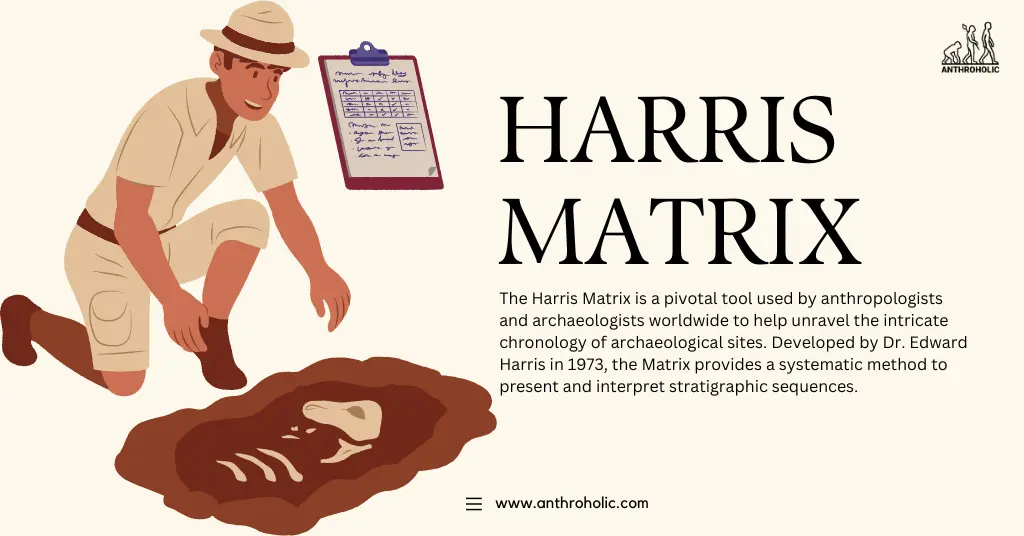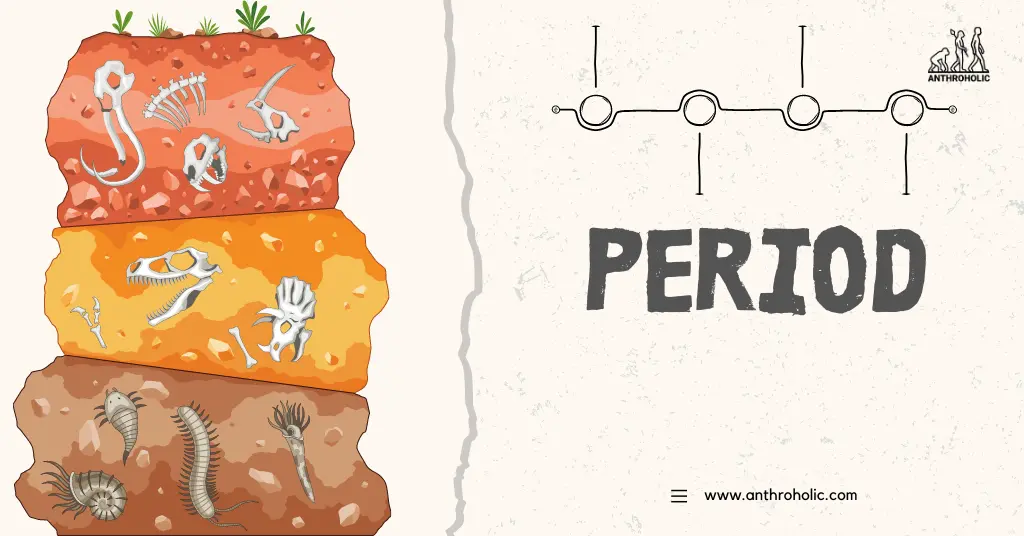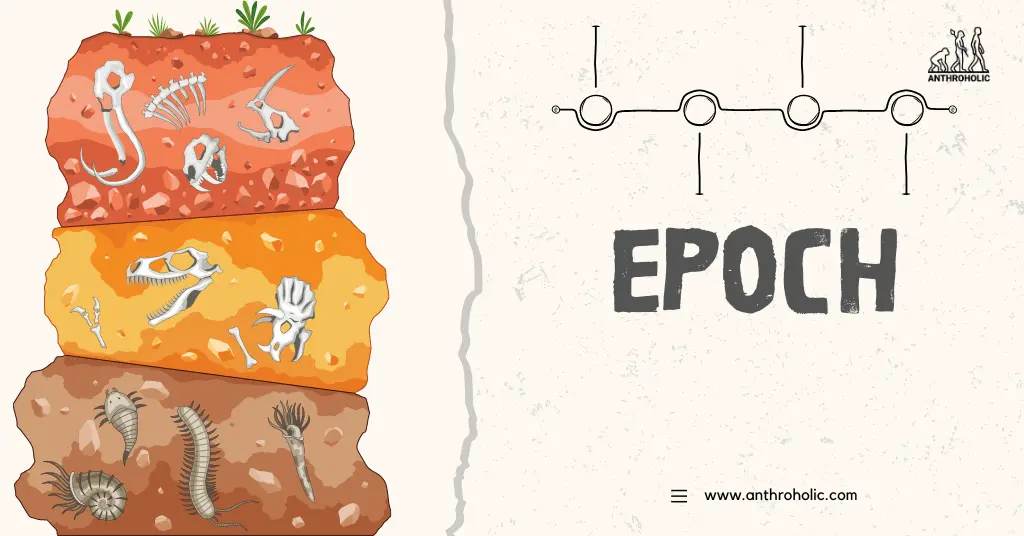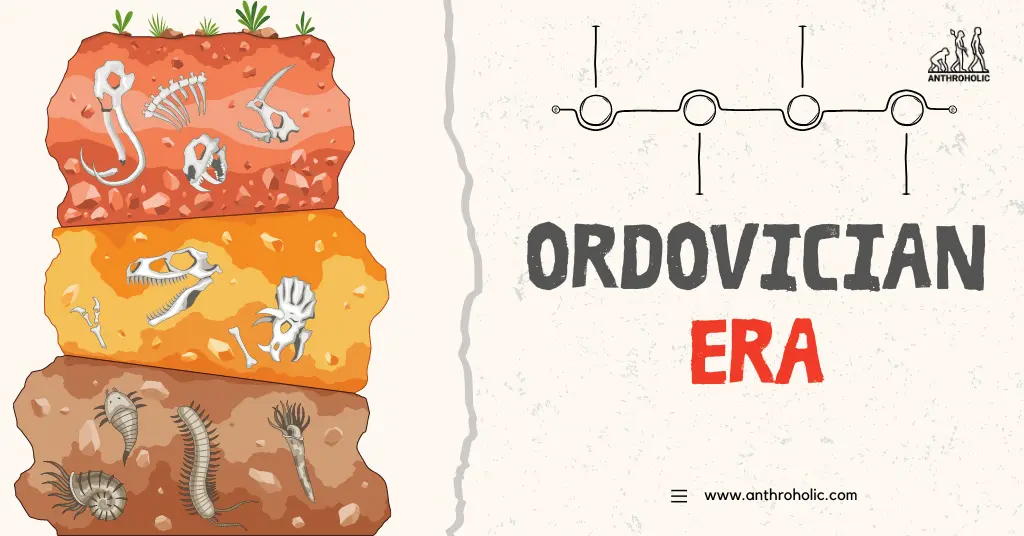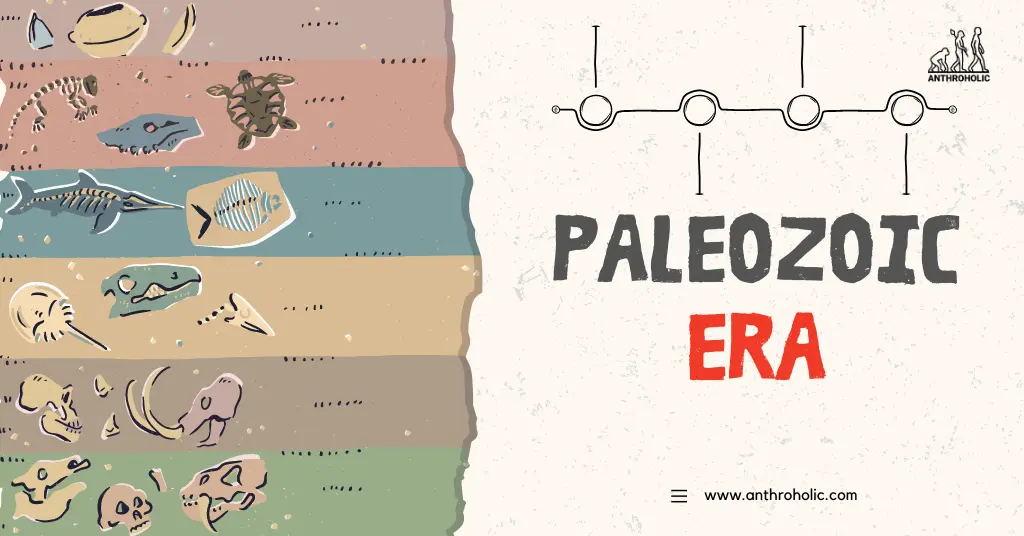AI Answer Evaluation Platform Live Now. Try Free Answer Evaluation Now

Carboniferous Period
The Carboniferous Period, spanning from approximately 359.2 to 299 million years ago, is a fascinating epoch in Earth's geologic history. Derived from the Latin word 'Carbonifer', meaning 'coal-bearing,' the period was named for its extensive coal beds.

![The Cambrian Period, roughly 541 to 485.4 million years ago, marks a significant era in the history of life on Earth[1]. During this time, a remarkable explosion of diversity occurred, with the first appearance of many multicellular organisms and early forms of many major groups of animals alive today.](https://anthroholic.com/wp-content/uploads/2023/08/Cambrian-Era-in-Geological-Time-Scale-in-Archaeology.webp)
